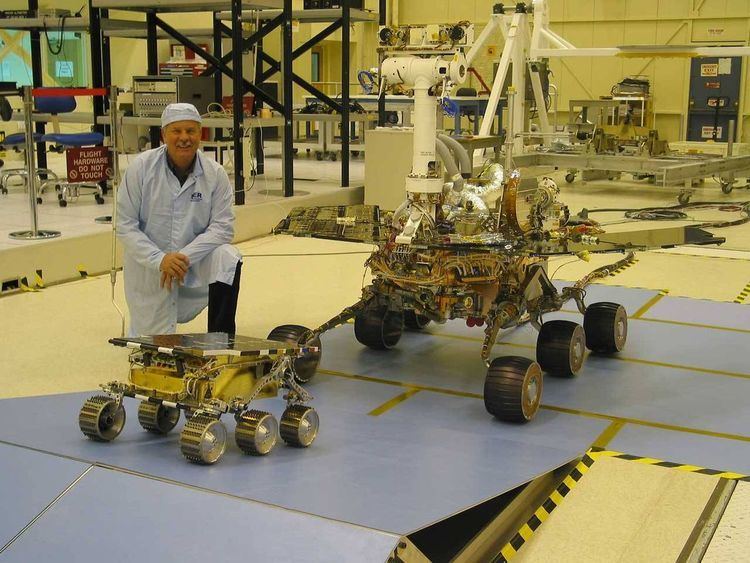 | ||
The embedded computer systems on board the Mars rovers sent by NASA must withstand the high radiation levels and large temperature changes in space. For this reason their computational resources are limited compared to systems commonly used on Earth.
Contents
In operation
Direct teleoperation of a Mars rover is impractical, since the round trip communication time between Earth and Mars ranges from 8 to 42 minutes and the Deep Space Network system is only available a few times during each Martian day (sol). Therefore, a rover command team plans, then sends, a sol of operational commands to the rover at one time.
A rover uses autonomy software to make decisions based on observations from its sensors. Each pair of images for stereo the Sojourner rover could generate 20 navigation 3D points (with the initial software version the craft landed with). The MER rovers can generate 15,000 (nominal) to 40,000 (survey mode) 3D points.
Performance comparisons
With the exception of Curiosity, each Mars rover has only one on-board computer. There are two identical on-board computers on Curiosity, which is currently operating on its redundant computer, while its primary computer is being investigated for the reasons why it started to fail.
